Step into a world of ancient legends and mythical tales, where a lost land lies hidden beneath the turbulent waters of the Atlantic Ocean. Welcome to the mystical realm of Lyonesse, a place steeped in mystery and wonder. Legends speak of a once-great kingdom, where brave knights and fair maidens lived in harmony. But one fateful day, disaster struck, and Lyonesse was swallowed by the sea, vanishing without a trace. Now, the story of this lost land captivates the imagination of explorers, historians, and enthusiasts alike. So, what mystery lies behind the lost land of Lyonesse?
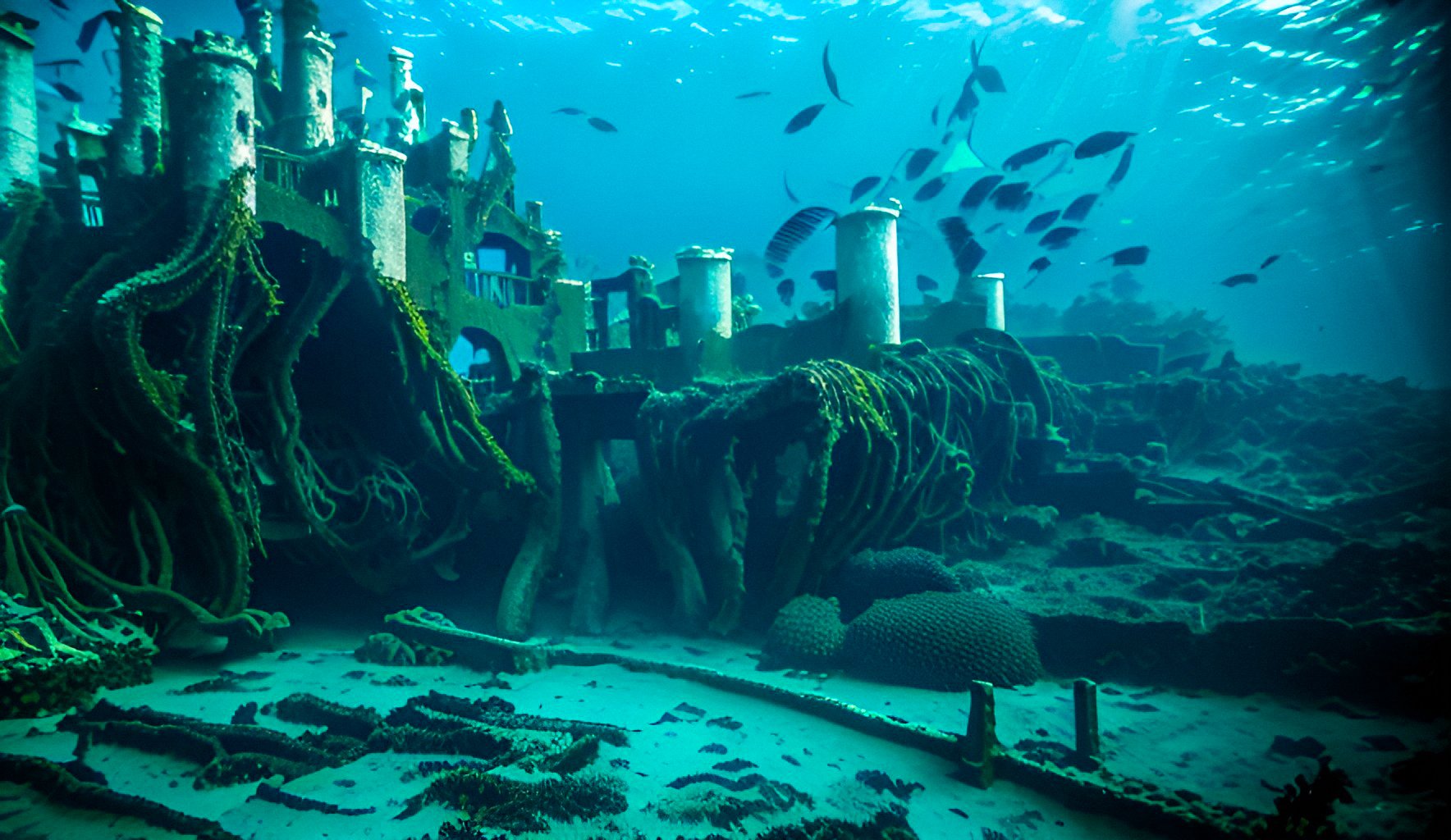
Historical and geographical context of Lyonesse
Lyonesse, a legendary land, is said to have existed off the coast of Cornwall, England. Its location has been a subject of debate, with some claiming it lies between Land’s End and the Isles of Scilly, while others believe it stretched from the Scilly Isles to the coast of France. Geographically, this region is known for its treacherous waters and the presence of submerged lands, making it a fitting backdrop for a lost kingdom.
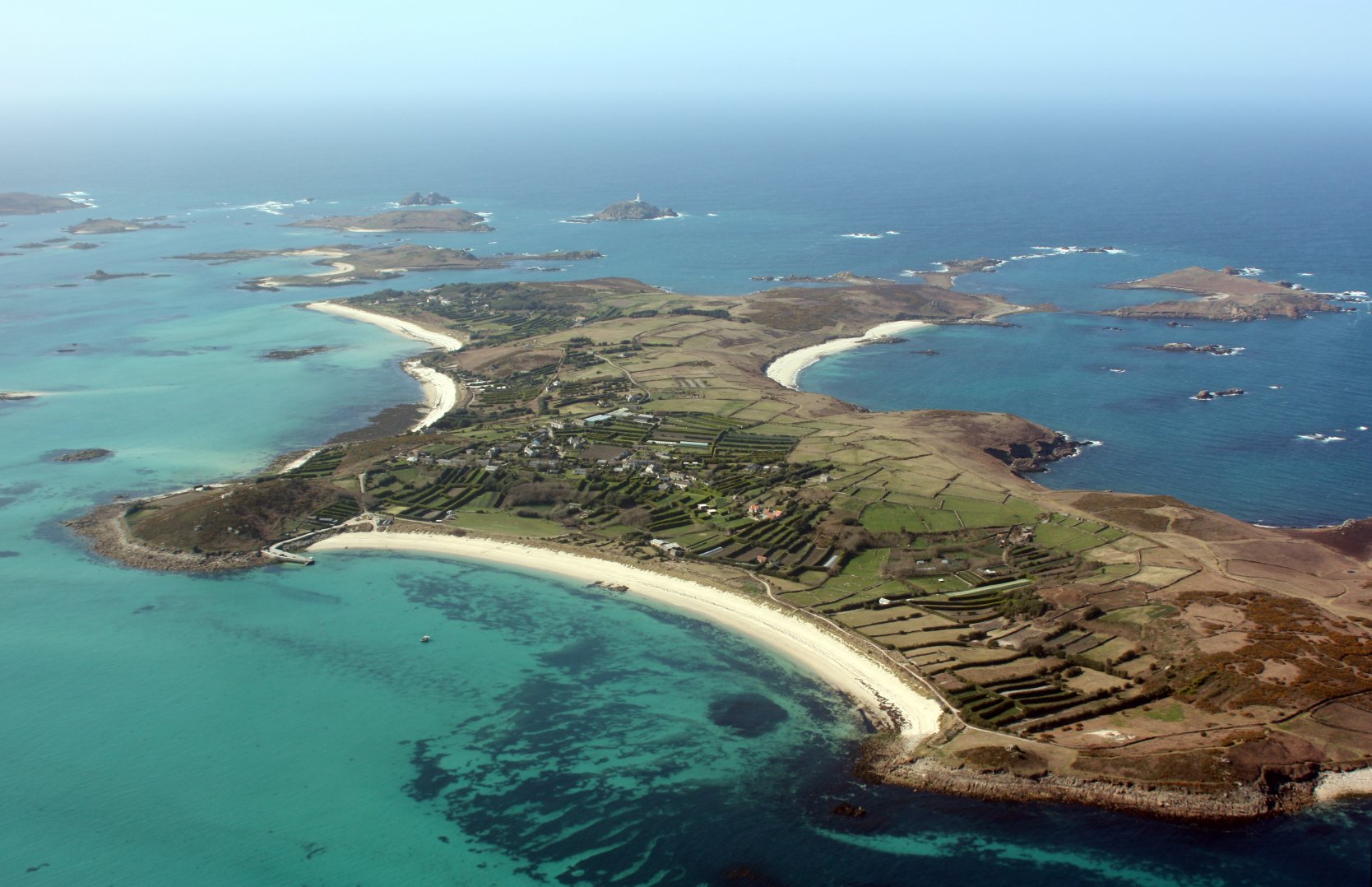
The story of Lyonesse
According to Celtic mythology, Lyonesse was home to a noble and prosperous civilization. It was said to be ruled by King Arthur’s sister, Queen Morgause, and her husband King Mark. The land was known for its beauty, bounty, and enchantment, with tales of magical beings and extraordinary feats. Lyonesse’s mythical status adds to its allure, captivating the imaginations of those who seek to uncover its secrets.
The story of Lyonesse most logically begins with Tristan and Iseult. The story of Tristan and Iseult is a tragic story of love and loss. It is an Arthurian tale, inspired by Celtic legend. It is said that the story was possibly the inspiration for the romance of Lancelot and Guinevere, as both stories push the boundaries of love, family, loyalty, adultery, and betrayal. While the story of Tristan and Iseult can vary based upon who is telling it, the plot follows a common theme. Tristan, a young boy from Lyonesse who has been orphaned, it taken in by his uncle, King Mark of Cornwall, which borders Lyonesse.
As the years pass by, Tristan is very loyal to his uncle, as he raised him as his own son. When Tristan is grown, Mark sends him to Ireland to retrieve the fair maiden Iseult and bring her to Cornwall, as she and King Mark are set to marry. Tristan loyally follows his uncle’s orders, and journeys to Ireland. On the return trip from Ireland, however, the pair are exposed to a love potion and fall madly in love with one another.
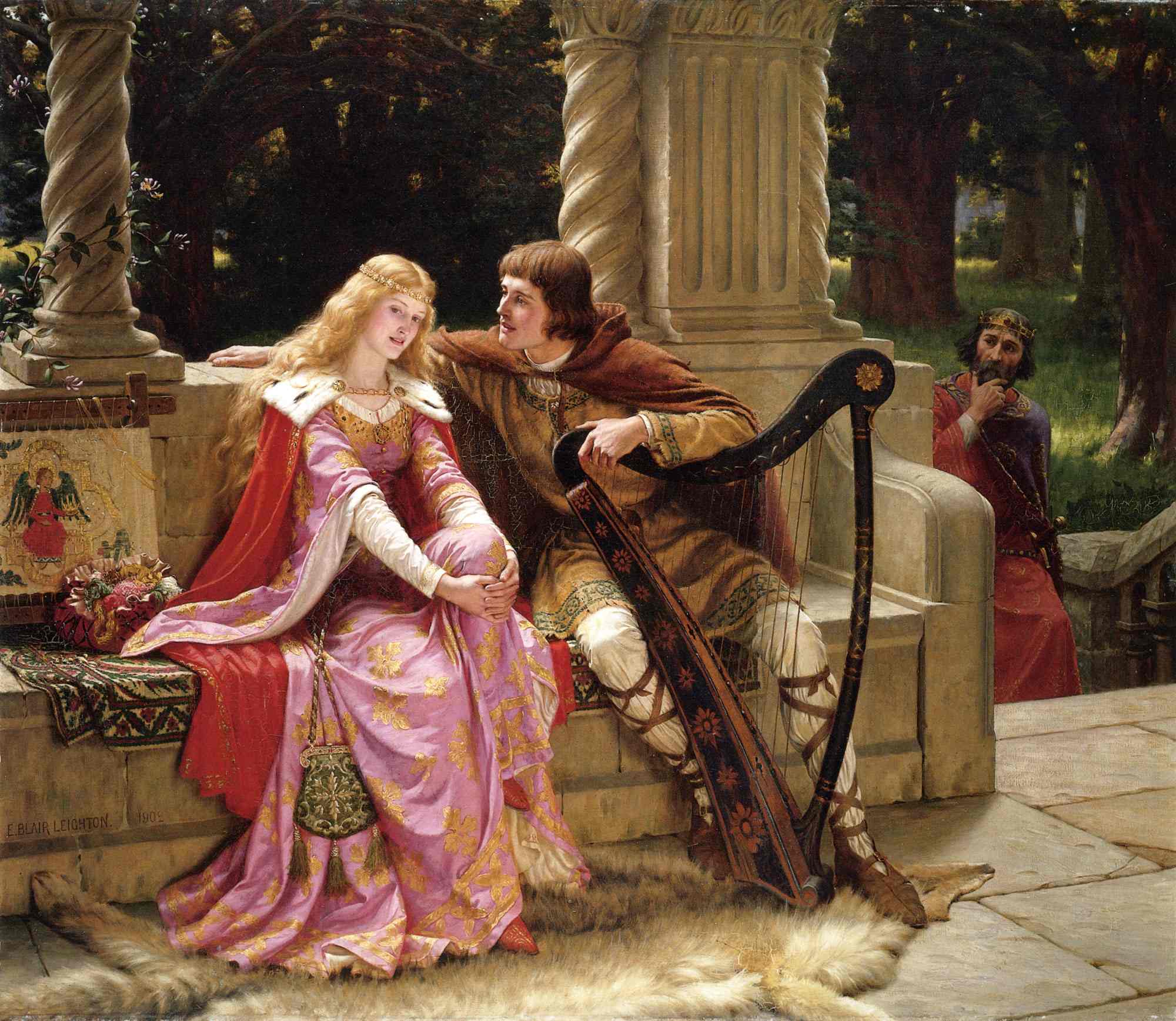
Iseult eventually arrives in Cornwall and marries King Mark, but the love potion is very powerful, and Tristan and Iseult cannot deny their love for one another. Tristan and Iseult both love King Mark, but their love for one another is stronger. Eventually the pair is discovered and King Mark is devastated. While Tristan should be sent immediately to the gallows for adultery, King Mark harbors an affection for him, as his nephew. King Mark agrees to forgive Tristan, on the condition that Tristan return Iseult to him. Tristan does so, and he and King Mark make amends.
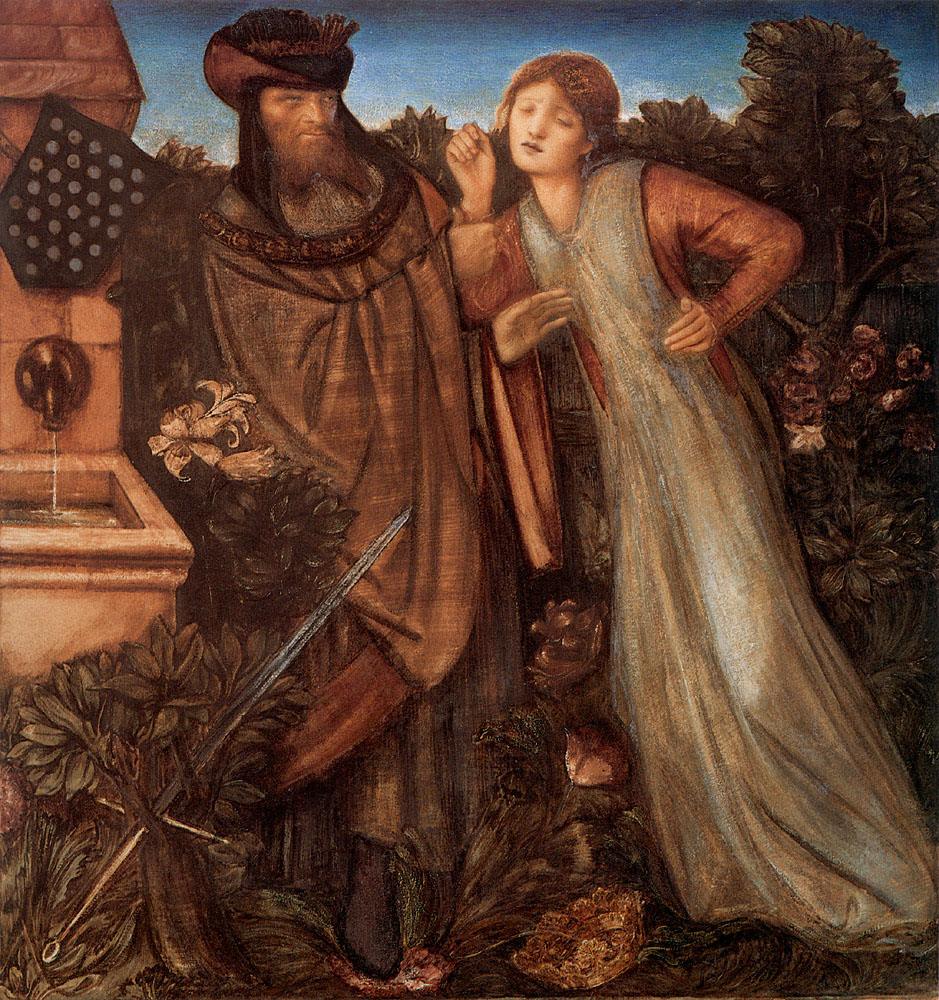
In most variations, the sinking of Lyonesse occurs well after the stories of Tristan, Iseult, and King Mark take place. The sinking itself is not mentioned in Arthurian legend, although some say that Lyonesse sunk when Tristan left for King Mark’s court.
King Arthur and the sinking of the land of Lyonesse
Legend has it that the downfall of Lyonesse was a result of King Arthur’s battle against his treacherous nephew, Mordred. As the conflict intensified, the sea engulfed the land, swallowing it whole. Some accounts claim that the sinking of Lyonesse was a divine punishment for the sins committed by its inhabitants. The tragic tale of Lyonesse’s demise is intertwined with the Arthurian legend, adding a layer of mystique to the lost land.
“Then rose the King and moved his host by night and ever pushed Sir Mordred, league by league, back to the sunset bound of Lyonesse – a land of old upheaven from the abyss, by fire, to sink into the abyss again; Where fragments of forgotten peoples dwelt, and the long mountains ended in a coast of ever-shifting sand, and far away the phantom circle of a moaning sea.”
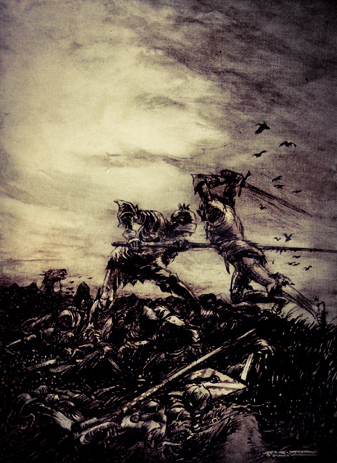
There are some variations in the legends that surround the sinking of the land. Prior to its sinking, Lyonesse would have been quite large, containing one hundred and forty villages and churches. Lyonesse is said to have disappeared on November 11, 1099 (although some tales use the year 1089, and some date back to the 6 th century). Very suddenly the land was flooded by the sea. Entire village were swallowed, and the people and animals of the area drowned. Once it was covered in water, the land never reemerged.
Mysteries and legends surrounding Lyonesse
The disappearance of Lyonesse has fueled countless mysteries and legends. Some believe that the land still exists in a parallel dimension, accessible only to those who possess the key to its hidden gateways. While it is also said that all that remains of Lyonesse is today’s still-standing island of Scilly. Fisherman near the Scilly Isles tell tales of retrieving pieces of buildings and other structures from their fishing nets.
Others claim that remnants of Lyonesse can be seen during low tide, as the outlines of streets, buildings and a forest appear beneath the water’s surface. On a more ghostly and spiritual level, some claim to hear the church bells of Lyonesse ringing during stormy times. These tales of fleeting glimpses and spectral apparitions only add to the intrigue surrounding Lyonesse.
Literary references to Lyonesse
Lyonesse has captured the thought of many writers and poets throughout history. Alfred Lord Tennyson’s poem “The Idylls of the King” includes references to Lyonesse, painting a vivid picture of the lost land’s grandeur. Other literary works, such as Thomas Hardy’s “The Famous Tragedy of the Queen of Cornwall,” also draw inspiration from the legends of Lyonesse, weaving them into tales of love and tragedy. These literary references serve as a testament to the enduring appeal of Lyonesse in the realm of literature.
Archaeological evidence and theories about the existence of Lyonesse
While Lyonesse remains a mythical land, there have been intriguing archaeological discoveries that hint at the existence of a lost civilization in the region. Underwater surveys have revealed submerged structures and artifacts, sparking theories about an ancient city lying beneath the waves. Some researchers speculate that Lyonesse may have been an actual place, now lost to history due to natural calamities or rising sea levels. However, conclusive evidence proving the existence of Lyonesse remains elusive, leaving us to rely on fragments of folklore and speculation.
The enduring legacy of Lyonesse in art, literature, and popular culture
Lyonesse’s allure extends beyond the realm of mythology and history. The lost land has left an indelible mark on art, literature, and popular culture. Paintings and illustrations depicting the enchanting landscapes of Lyonesse continue to captivate viewers, while authors and filmmakers draw inspiration from its mysteries. The timeless appeal of Lyonesse is evident in its continued presence in fantasy novels, role-playing games, and other forms of entertainment. The legacy of Lyonesse lives on, ensuring that its story will be passed down through generations.
Visiting the locations associated with Lyonesse
For those intrigued by the legends of Lyonesse, visiting the locations associated with the lost land can be a fascinating experience. Exploring the rugged coastlines of Cornwall and the Isles of Scilly, one can imagine the grandeur and splendor that once characterized this mythical realm. From the ruins of Tintagel Castle, often associated with King Arthur, to the picturesque landscapes of the Scilly Isles, these locations offer glimpses into the world of Lyonesse, allowing visitors to immerse themselves in its enchanting atmosphere.
Final words
The lost land of Lyonesse continues to captivate our imagination, drawing us into a world of ancient legends and mythical tales. Its story, intertwined with the Arthurian legend, has become a part of our cultural heritage. While the existence of Lyonesse remains shrouded in mystery, its enduring legacy lives on in art, literature, and popular culture. The fascination and allure of Lyonesse lie not only in the quest for historical truth but also in the enchantment of a mythical realm that continues to intrigue people all around the world. So, let us keep the spirit of Lyonesse alive, forever seeking to unravel its secrets and explore the depths of its mystique.




